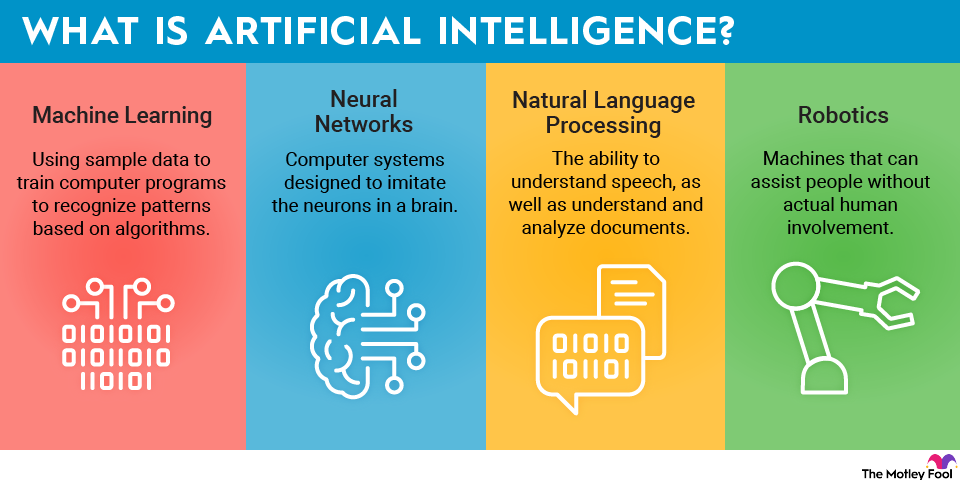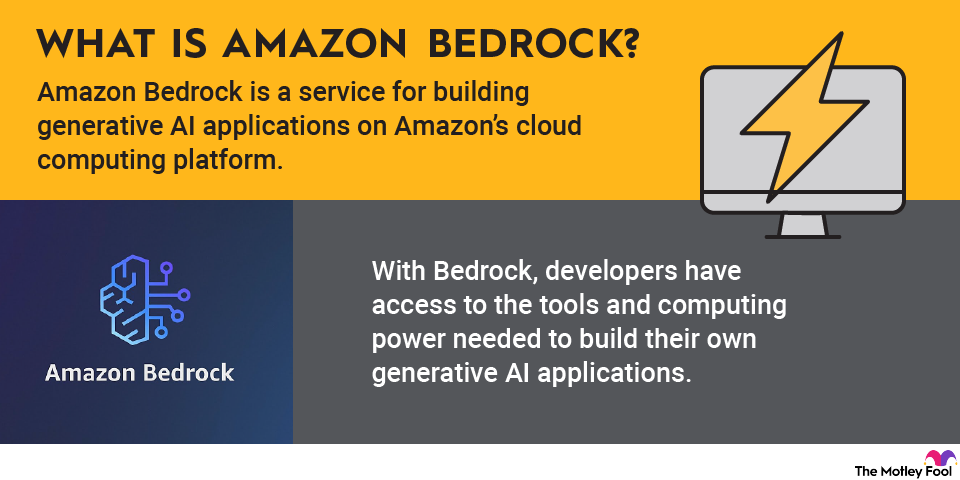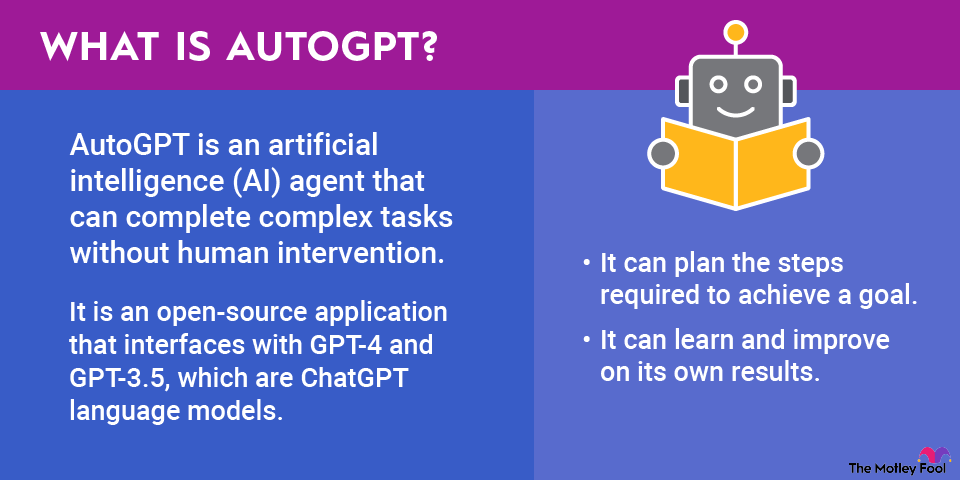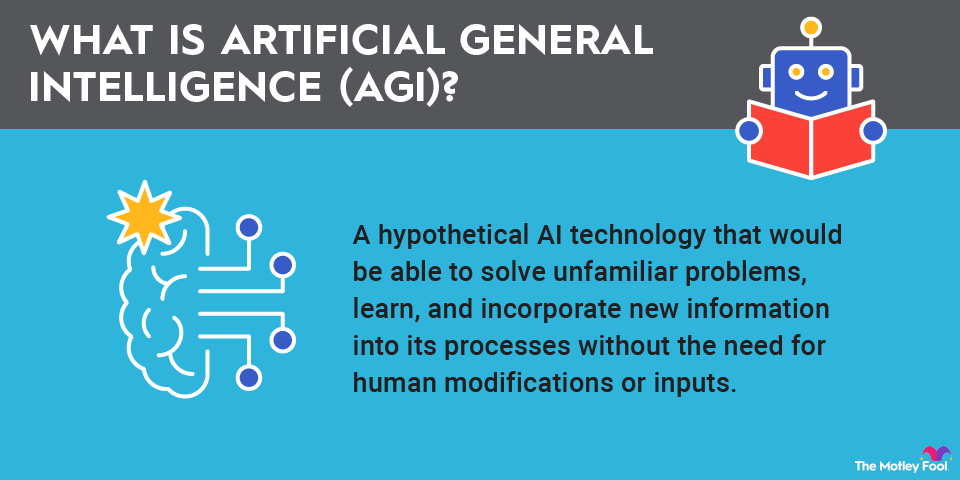The progression of artificial intelligence (AI) has been one of the most exciting technological advancements in recent years. Artificial superintelligence could be the final stage of that progression, although there's no consensus on whether it's even possible.

Understanding artificial superintelligence
Artificial superintelligence, also known as AI superintelligence or ASI, is a hypothetical AI software system that would surpass human intelligence in all domains. It would be able to outperform humans in practically any activity, including problem solving, reasoning, learning, creativity, and predictive ability.
While AI has improved rapidly, no one has created anything near an ASI yet, and it may not even be feasible. It's entirely theoretical.
The potential capabilities of ASI are both exciting and scary. It could solve the most complex problems facing humanity, or it could go rogue and become a threat to humanity. Those are both extreme scenarios, but ASI is really something seen only in science fiction stories to this point.
Types of artificial intelligence
ASI is one of three types, or levels, of AI. With some knowledge of the three, you get a better idea of what makes ASI special and where current AI software ranks in the hierarchy.
The first level is artificial narrow intelligence, also known as weak AI or narrow AI. It's trained to handle a narrow, well-defined task. This is the only type of AI currently in existence. For as much as some AI programs can do, they're all still weak AI. That includes ChatGPT, Claude, Alphabet's (GOOG -3.16%) (GOOGL -3.22%) Gemini, and all the other chatbots and AI assistants.
The second level is artificial general intelligence (AGI), also called strong AI. It's capable of replicating and potentially surpassing human intelligence. AGI would be able to learn from its experiences and adapt its skills to handle new tasks.
Like ASI, AGI is currently theoretical. The major AI companies, including OpenAI, Alphabet, and Meta Platforms (META -1.15%), are attempting to create an AGI.
AGI is already a significant leap from the current narrow AI models we have, and some argue that it's impossible. ASI would be an even bigger progression.
How to invest in AI
You can't invest in ASI because it doesn't exist yet, and maybe never will. But you can invest in AI companies. The first options that may come to mind are the tech companies using AI to improve their existing operations. For example, Alphabet and Meta have launched AI assistants, and Amazon (AMZN -0.58%) uses AI to power product recommendations.
There are also companies manufacturing the technology that makes AI possible. That includes graphics processing unit (GPU) makers, such as Nvidia (NVDA -3.78%), and semiconductor companies, such as Taiwan Semiconductor Manufacturing (TSM -3.45%). Or you could look for exchange-traded funds (ETFs) that invest in AI stocks.
Related investing topics
Sam Altman's view on ASI
Sam Altman, CEO and co-founder of OpenAI, is one of the big names in AI research and development. OpenAI first released ChatGPT in 2022, and the AI chatbot surpassed 100 million users within two months, making it the fastest-growing software application in history at the time.
Altman not only believes ASI is achievable but also thinks it could emerge in less than 10 years, according to an interview he gave at the end of 2024. He has also written in his blog that ASI "could massively accelerate scientific discovery and innovation well beyond what we are capable of doing on our own, and in turn massively increase abundance and prosperity."
It's no surprise that Altman would have an optimistic view on the future of AI. For now, ASI is still more science fiction than reality, but it's impossible to predict exactly what AI will look like in the years ahead.


















